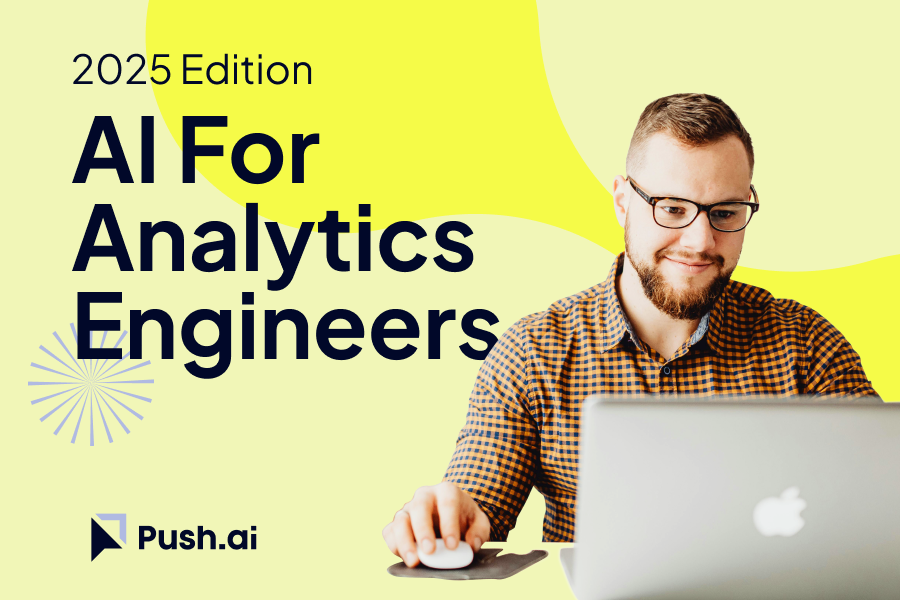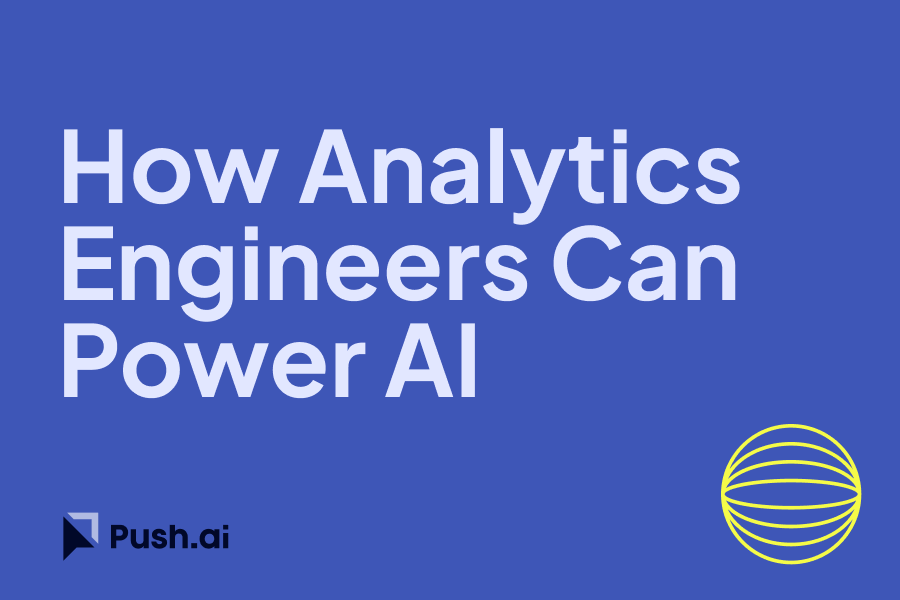How AI is Transforming Analytics Engineering in 2025: From Standards to Best Practices
In 2025, the landscape of analytics engineering is being reshaped by the power of AI. What used to be a labor-intensive process of writing SQL, building dbt models, and manually maintaining pipelines is now supercharged by AI. Today, AI is not just a novelty—it’s a trusted co-pilot for analytics engineers, helping them move faster while still adhering to team standards and best practices.
Setting AI-Accessible Standards: Style Guides and Templates
One of the first steps teams are taking is to create AI-accessible style guidelines. Just like human engineers, AI tools need a framework to follow. By defining naming conventions, modeling templates, and best practices upfront, teams ensure that AI-generated models look and behave like those crafted by humans. For example, a team might establish that all table names should be in snake_case and that certain key fields should always have standard names. They might also provide AI with templated models that it can reuse, ensuring that new models are consistent and easier to maintain.
Tools of the Trade: AI-Enabled Editors and Profiling
There’s a growing ecosystem of AI-enabled editors and data profiling tools that make this possible. Beyond platforms like NNAO and Galaxy, which you mentioned, there are tools like dbt Copilot, which integrates AI directly into dbt workflows. Snowflake’s AI functions help teams profile data and generate insights automatically, while other tools like Astera Centerprise and Informatica’s CLAIRE offer AI-driven data profiling and anomaly detection. These tools not only speed up the work but also ensure consistency and quality.
Building Robust Testing Environments for AI-Generated Code
To fully embrace AI in analytics engineering, teams need to set up robust testing environments. That means having automated checks that validate AI-generated code. For instance, you can implement tests to ensure that the AI doesn’t produce null values in critical fields or violate data integrity rules. By maintaining a library of unit tests and validation scripts, teams can scale AI’s impact without sacrificing reliability.
Conclusion: A Future of AI-Augmented Engineering
In summary, the future of analytics engineering is about blending the speed of AI with the discipline of human standards. By creating AI-friendly style guides, using the right AI tools, and setting up strong testing environments, teams can confidently let AI handle the heavy lifting. This allows engineers to focus on higher-level strategy and innovation. In 2025 and beyond, the best analytics teams will be those that embrace this AI-augmented future—blending human expertise with AI efficiency to deliver faster, more reliable insights.


%201.svg)







